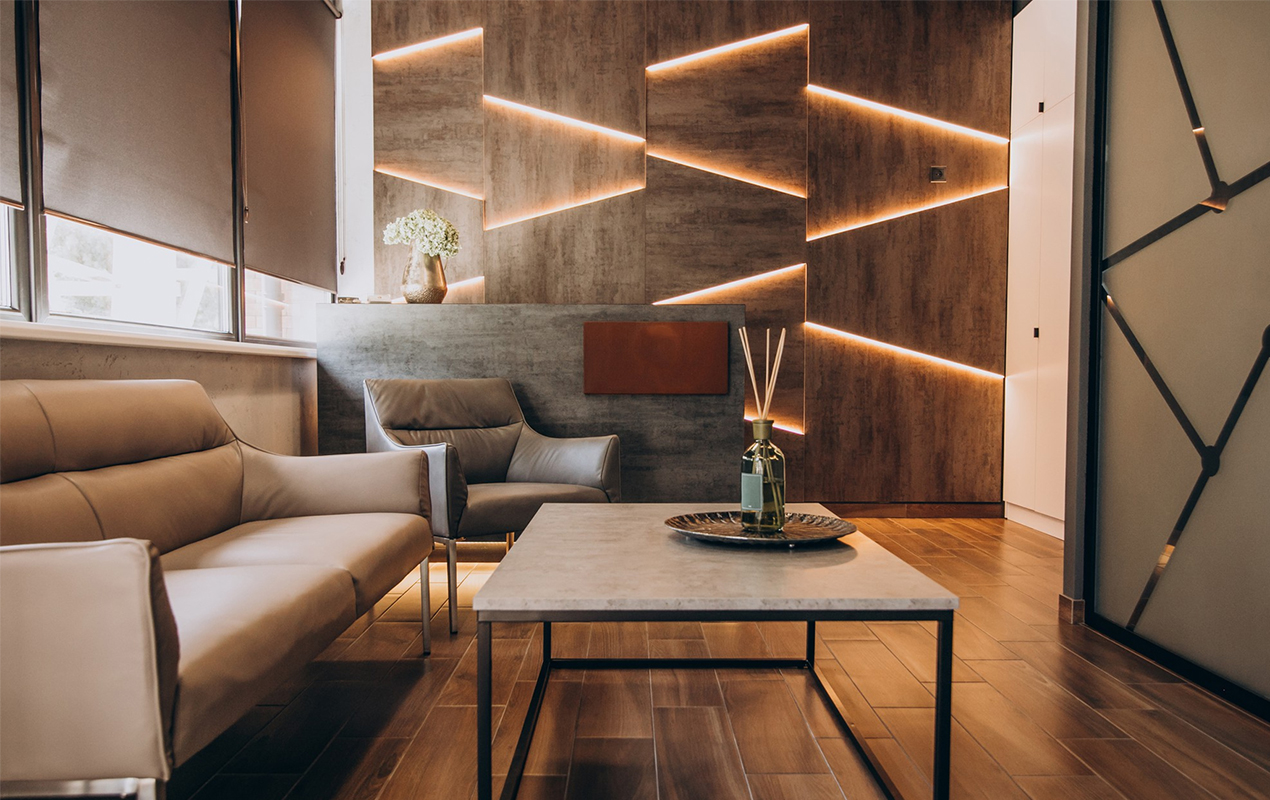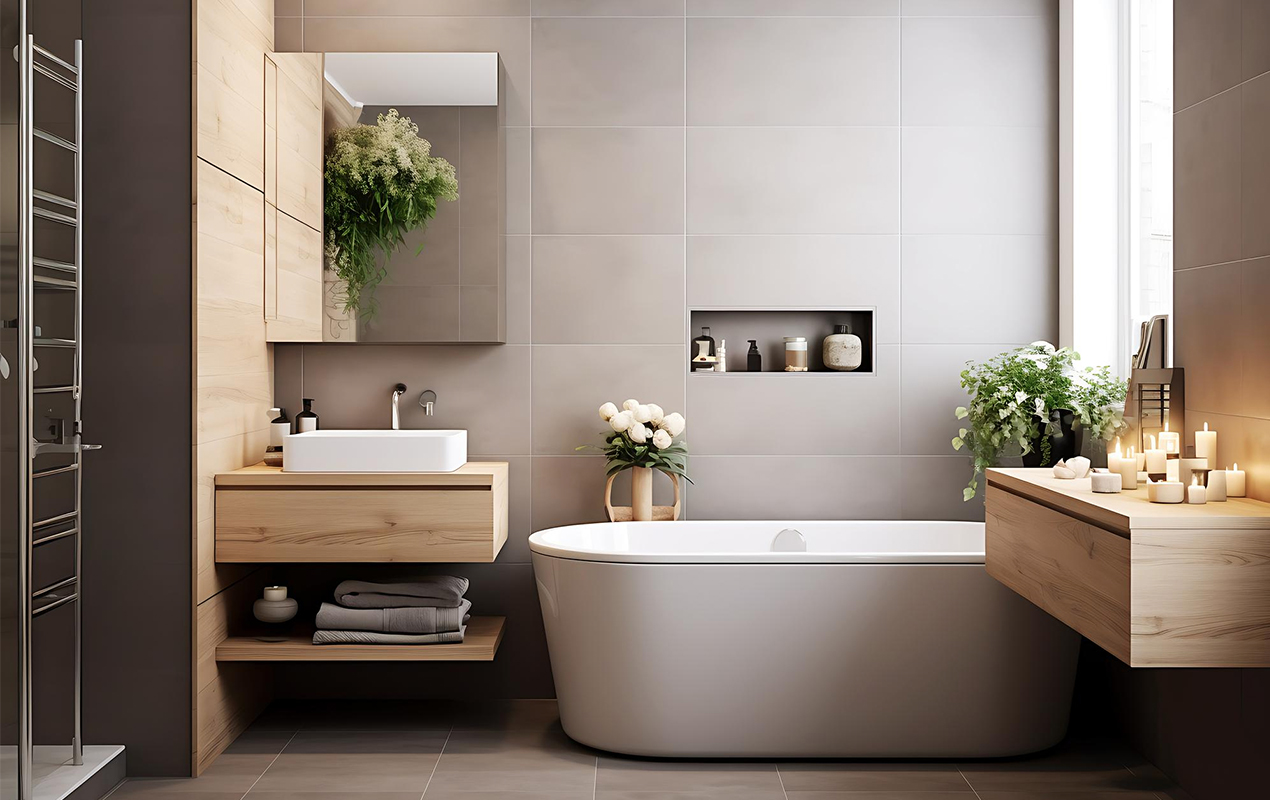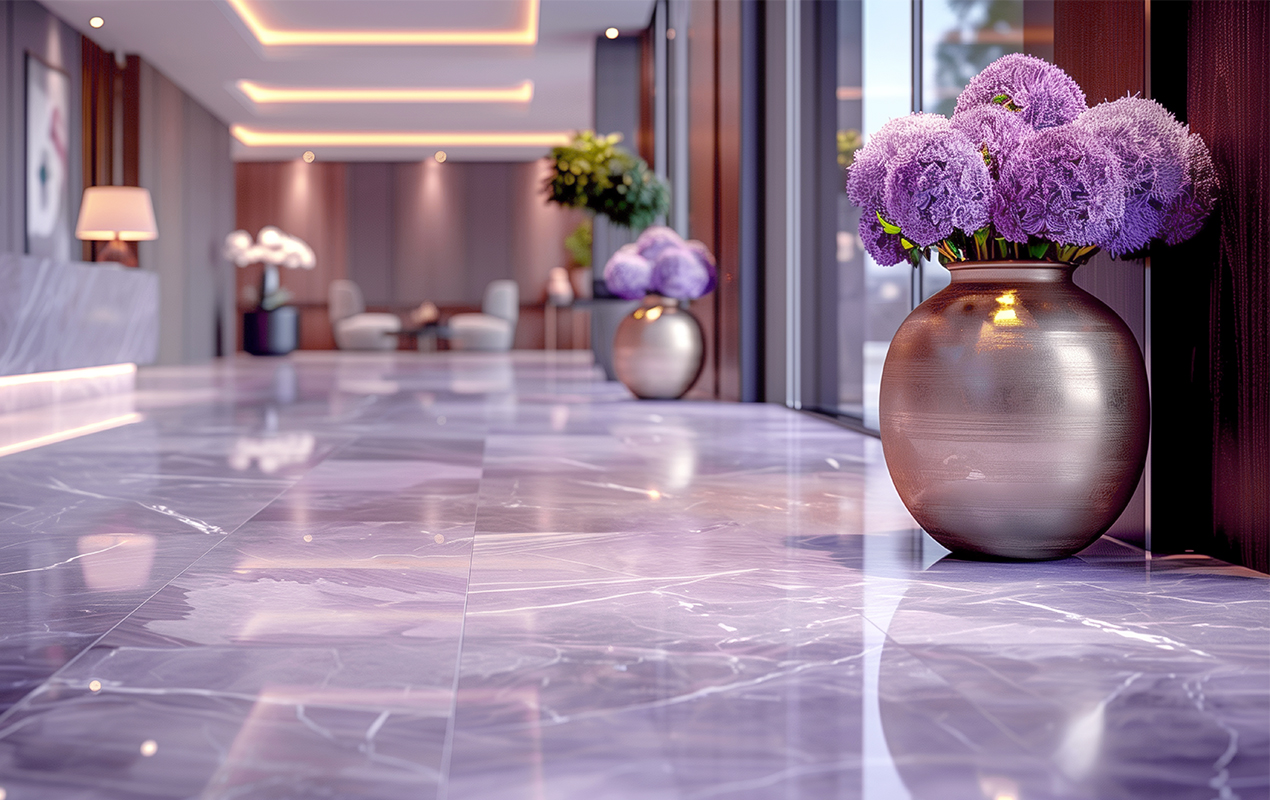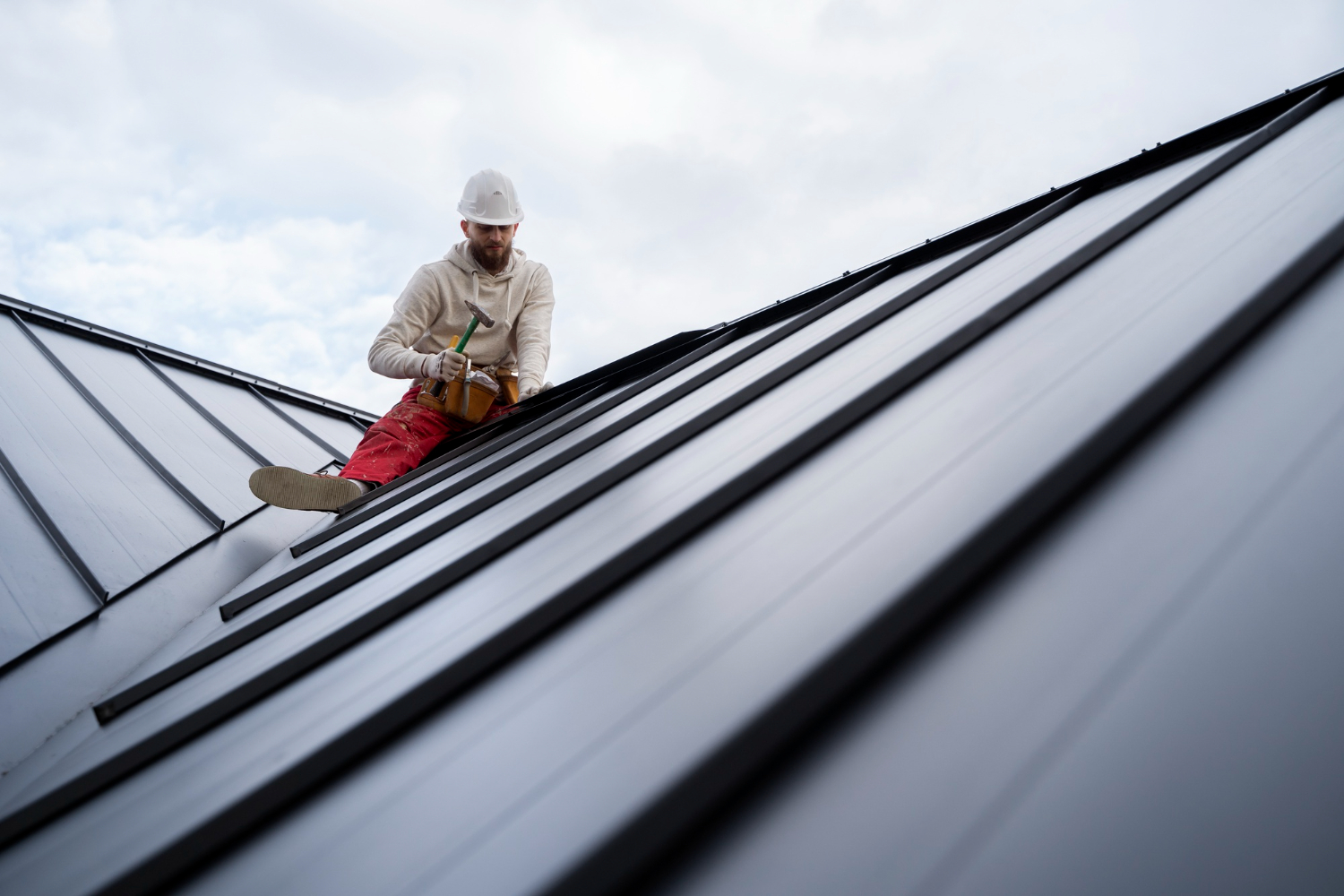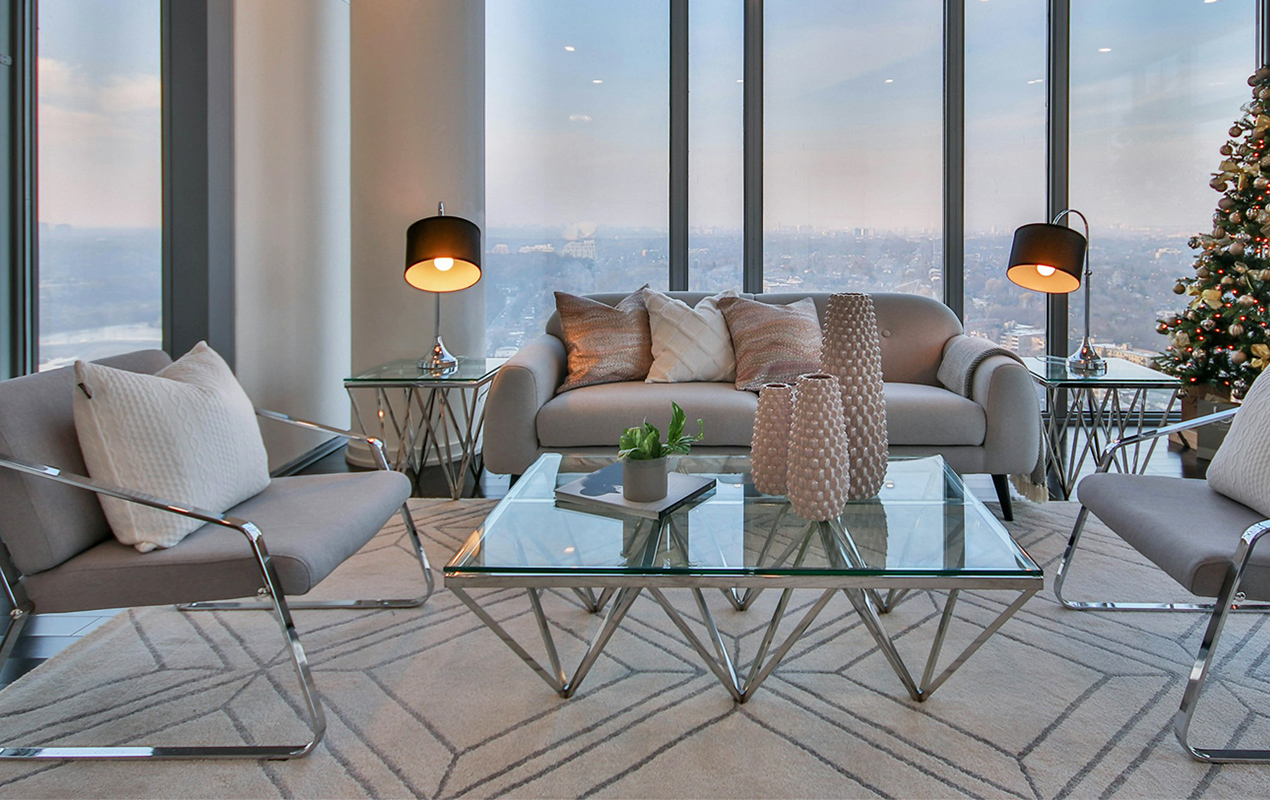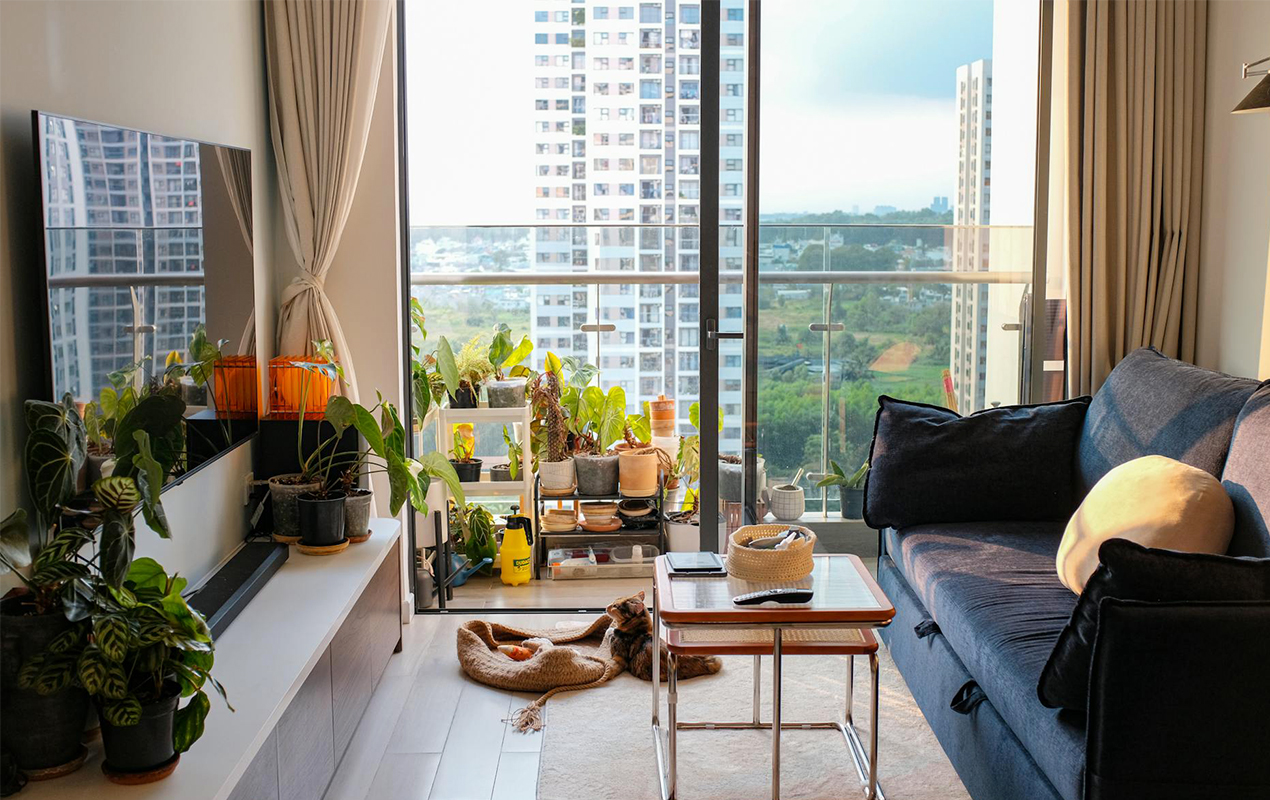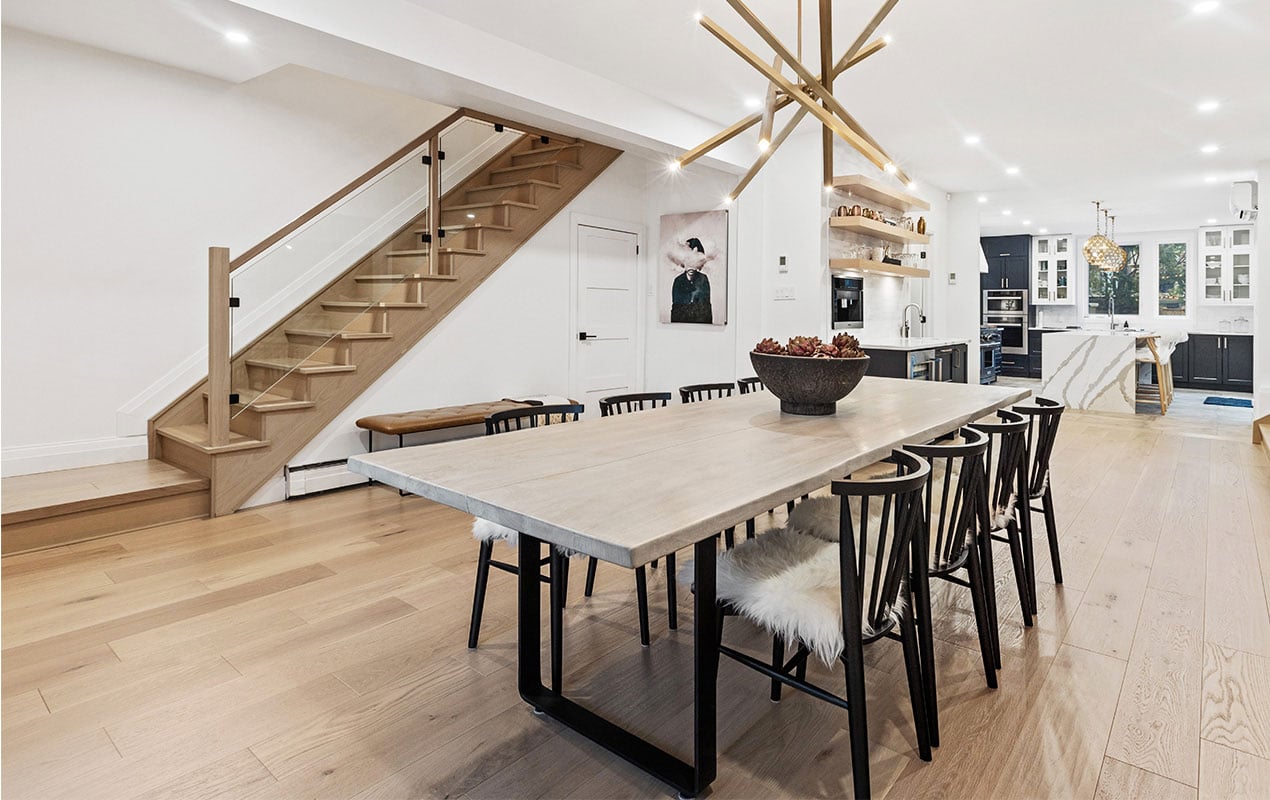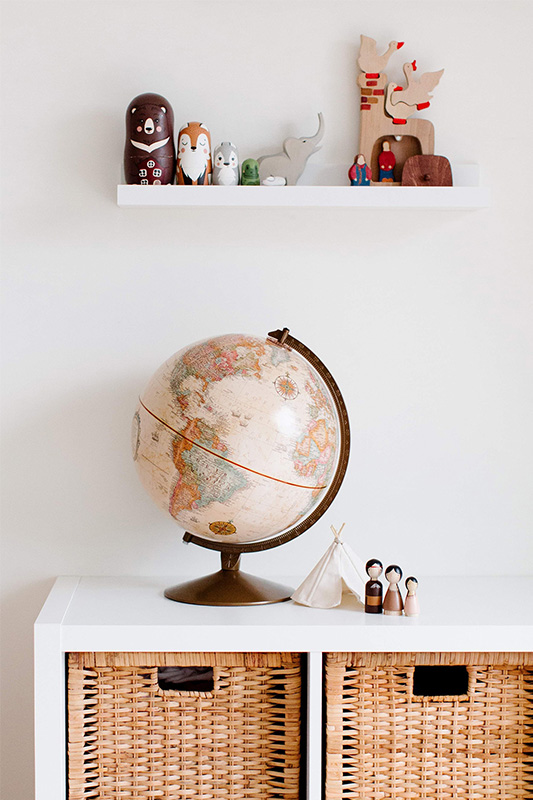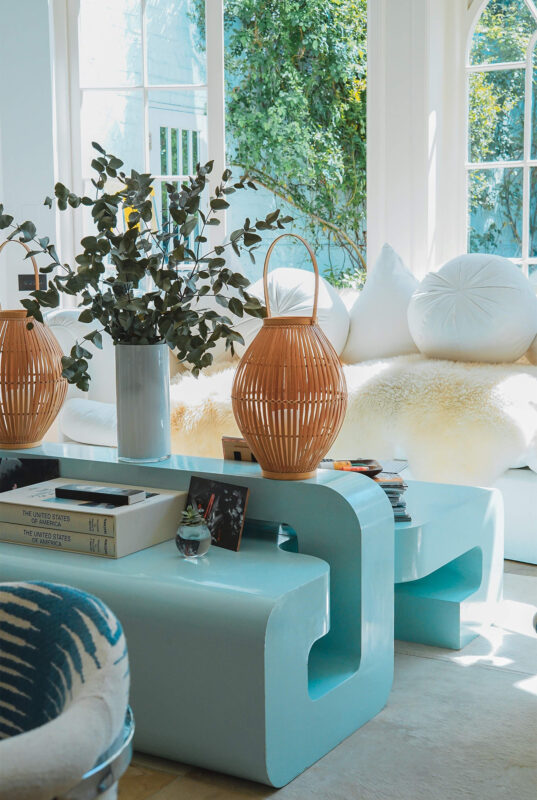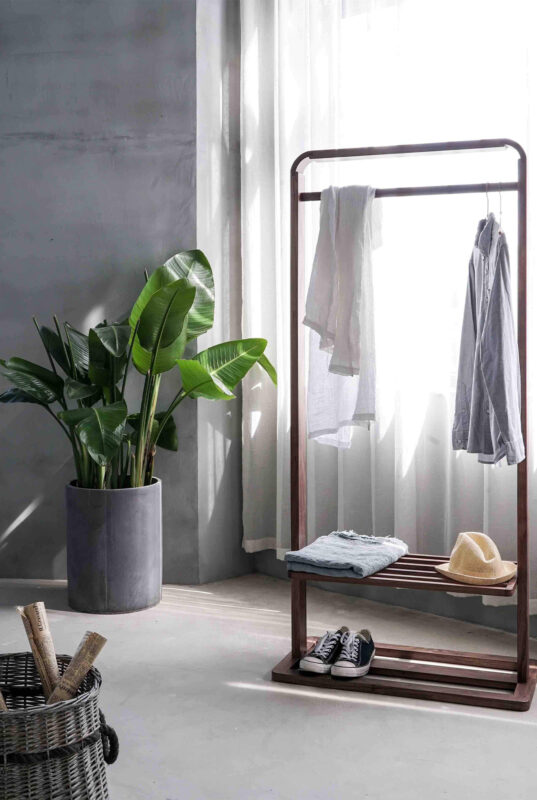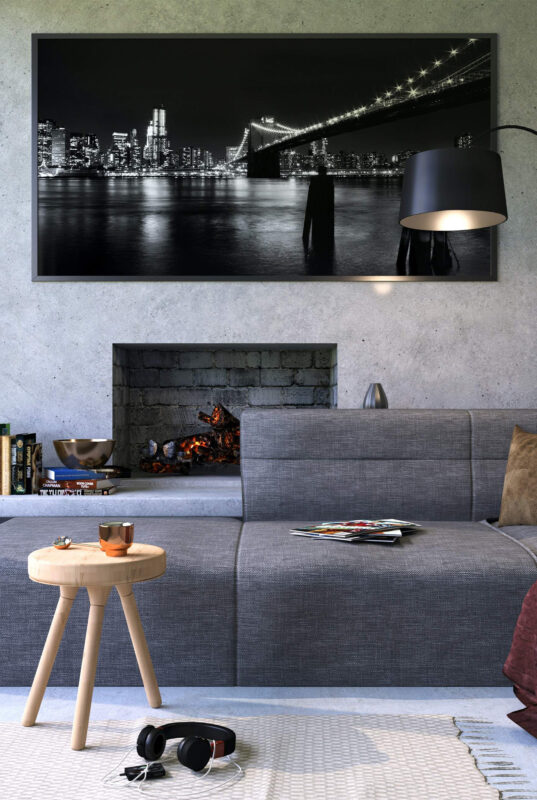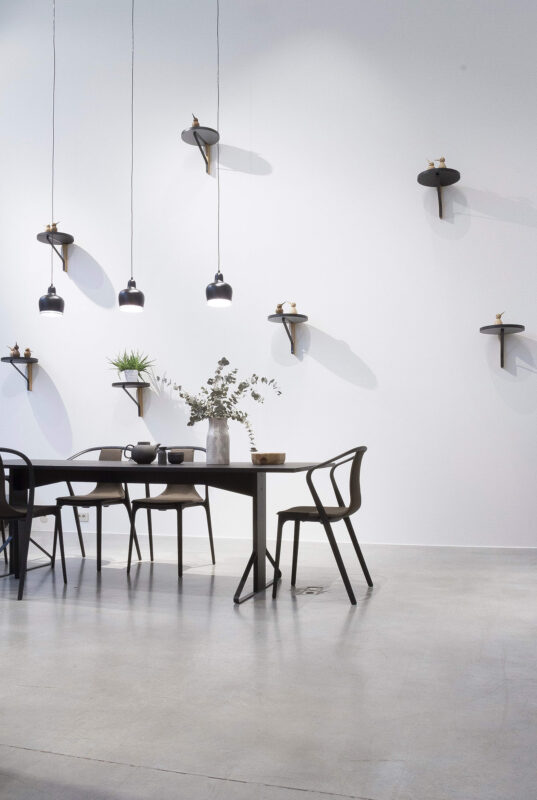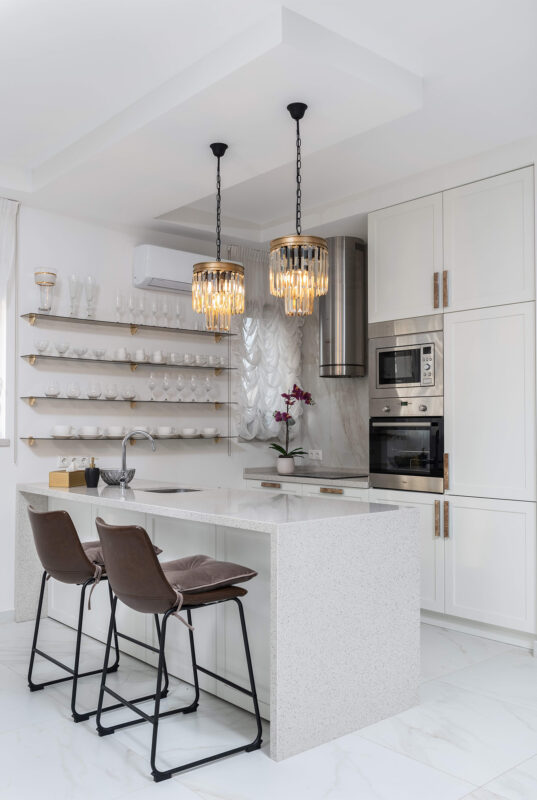Blog
How to Baby Proof a Coffee Table the Simple Way
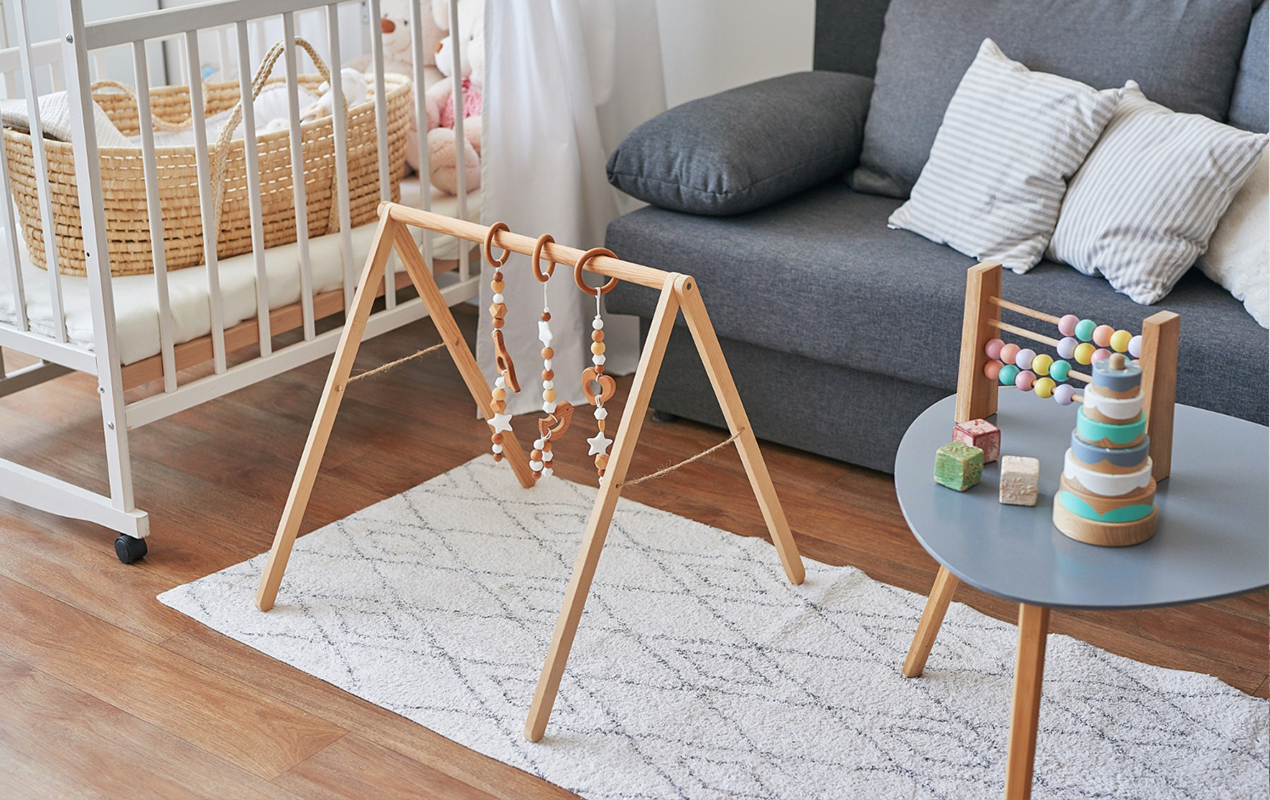
DISCLAIMER: The images in this post are for informational purposes to illustrate potential possibilities, recognizing that individual tastes vary. We aim to capture your wants and needs, expanding on each style where possible to offer a range of available options from reputable designers and affiliated brands. This selection process considers a variety of factors to ensure we cater to the diverse preferences of our readers.
How to Baby Proof a Coffee Table
You watch your little one, no longer a stationary bundle, as they cruise around the room with newfound determination. It’s a thrilling time but also one that requires vigilance. Baby-proofing isn’t just about the apparent dangers–outlets, and cabinets–but also seemingly innocuous furniture. Once a centerpiece, your coffee table is now a potential hazard zone. But don’t worry, if you’re wondering how to baby proof a coffee table, you don’t need to sacrifice style to keep your little one safe.
With clever adjustments, you can adapt your coffee table for this exciting new stage of development. In this article, we’ll go beyond just covering corners and explore how to make your coffee table a fun and safe part of your child’s expanding world. Let’s get started!
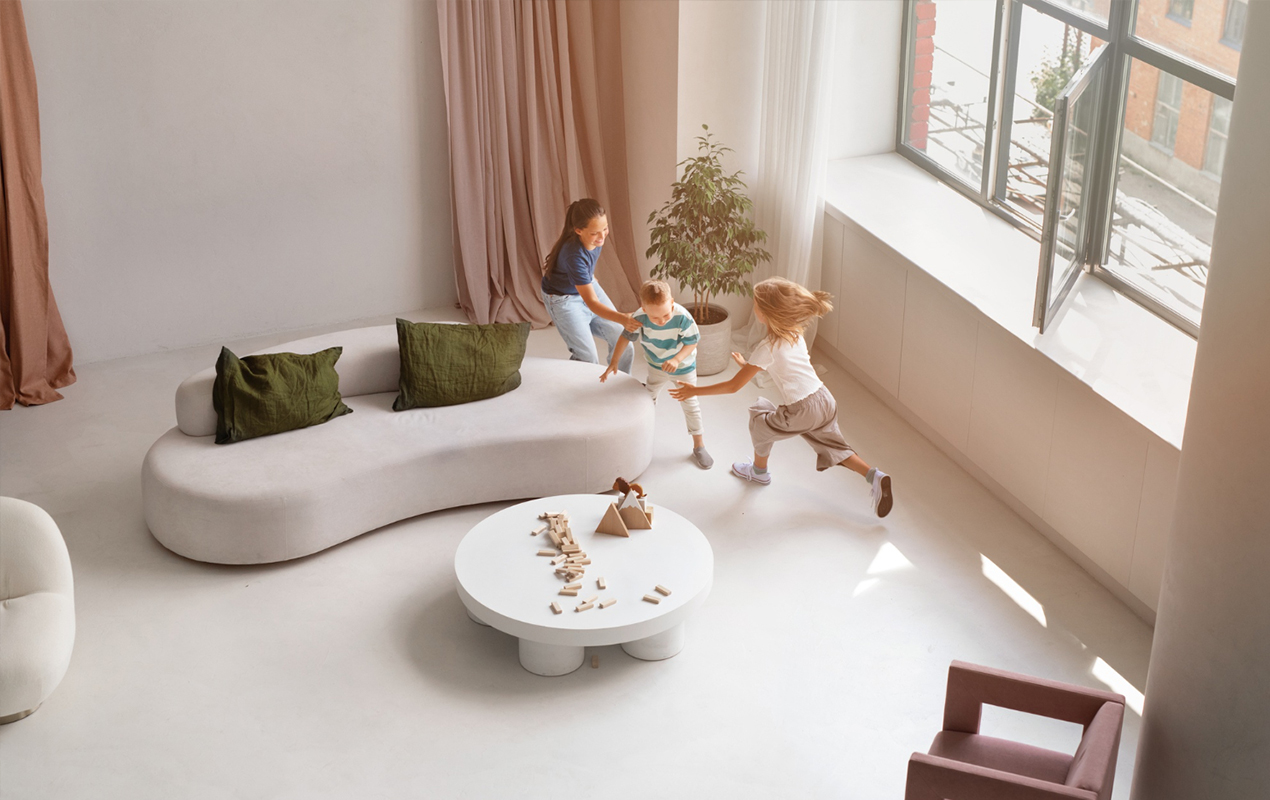
Photo by Freepik
Insight – Repurpose and Redirect: Instead of just covering sharp corners, consider repurposing the coffee table itself. Ottomans with built-in storage offer a soft, climbable surface and a place to stash tempting toys out of reach. Nesting tables can be separated to create a play area with a safe barrier between your curious crawler and the coffee table.
Coffee Tables: Not Only Decor With Active Toddlers
Toddlers: champions of exploration, sadly lacking in self-preservation instincts. That coffee table you love might be a potential hazard zone for your little one; but beyond the usual advice, let’s dig deeper into safeguarding against those wobbly-legged adventures.
The Hazards We See (and Those We Don’t)
Bumps and bruises are likely the first things that come to mind when considering how to baby proof a coffee table, but there’s more; even minor impacts can cause pinched fingers or, with heavier tables, fractures. But consider the ‘invisible’ dangers… Are there objects on the table that pose a choking hazard or those containing harmful chemicals within little hands’ reach?
Safety Strategies: Beyond the Basics
- Cushion the Impact: Corner and edge guards are a must, but take it a step further and check the underside of the table – are there rough edges that might scrape knees as your toddler crawls around? If so, use sandpaper to smooth or pad those areas as well.
- Anchor for Stability: Wall anchors are vital, but go for the most robust option. Check the weight rating to ensure they well exceed the table’s weight while anchoring into solid wall studs, not just drywall.
- The Floor is Lava (Temporarily): Sometimes, the safest option is temporary removal. Instead of a coffee table, consider a sturdy activity table made for toddlers, with surrounding floor cushions. Oftentimes, adapting to the environment is better than trying to adapt to the child.
Additional Tips:
- Choose Your Battles: Can you swap a glass or sharp-edged table with softer materials while your child is in the toddler phase?
- Be Vigilant: Even with precautions, supervision is key. Teach your toddler “table rules” early on.
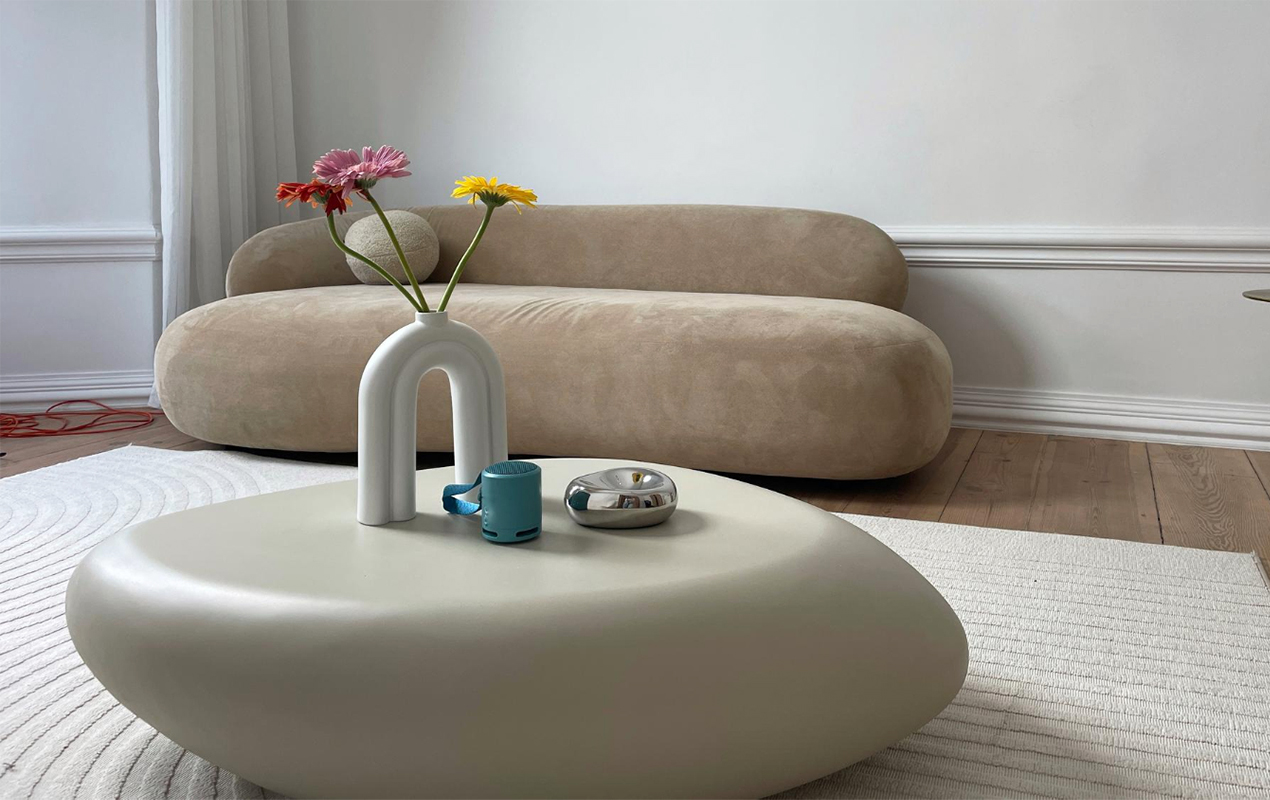
Photo by Lyudmilalazo from Freepik
Insight – Embrace Soft Surfaces: While pool noodles are a classic DIY corner guard, explore stylish alternatives. Woven baskets or bins turned upside down and secured create a soft, textured padding. Climbing cushions designed for play areas can be strategically placed near the coffee table for a safe and engaging spot to explore.
Outsmarting the Hazards (Beyond the Basic Bumpers)
Let’s face it, corner guards are just the start for toddler-proofing your table. Get ready for outside-the-box strategies that blend safety with style, giving you the peace of mind you deserve.
Using Motion-Activated Air Sprayers for Child Safety
If you have a curious baby or toddler, you know how challenging it can be to keep them away from potential dangers. Motion-activated air sprayers can be an effective safety tool, sensing your child’s movement and releasing a harmless (but surprising) puff of air. This gentle deterrent helps condition your little one to avoid specific zones.
Important Considerations
- Placement is Key: Strategic placement ensures the device works effectively. Position the sprayer to catch your child as they approach the off-limits area, not when they’re already playing near it.
- Temporary Solution: Think of this as a learning tool, not a permanent fixture. Babies and toddlers develop quickly – as your child matures, direct supervision and explaining “why” certain areas are dangerous become more essential.
- Consistency: For this method to work, the quick air puff needs to happen each time your child approaches the table. Make sure batteries are fresh, or the device is plugged in.
Applying Anti-Slip Pads: A Safety Essential
Don’t underestimate the power of anti-slip pads! These small, affordable additions can make a huge difference for babies exploring their surroundings. Coffee tables can be particularly hazardous for a curious little one, but anti-slip pads help to firmly anchor your table, making it much harder to push or pull.
Choose pads specifically designed for your floor type (consider whether you have hardwood, carpet, etc.) and ensure they match the size of your table legs. Before applying, thoroughly clean the bottom of the legs where the pads will adhere. Place the pads towards the outer edges of the table legs for maximum stability.
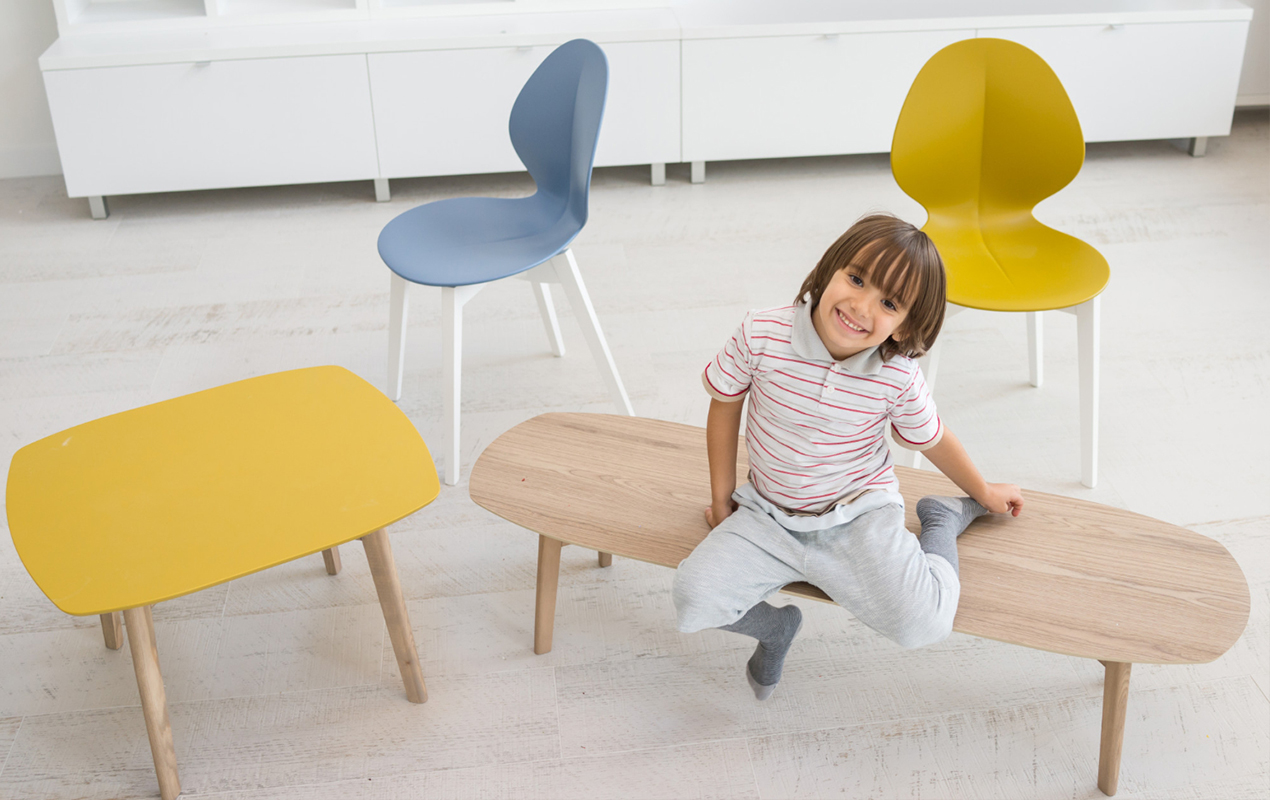
Photo by Zurijeta from Freepik
Insight – Clear the Table (Partially): Instead of removing everything, curate a selection of safe and engaging objects on the coffee table. Large, wipe-clean books offer visual stimulation without posing a choking hazard. Heavy decorative bowls filled with unbreakable objects like wooden balls or colorful scarves pique curiosity without being easily toppled.
How to Baby Proof a Coffee Table: Corner Protectors
Keep those precious little heads safe! When baby-proofing your table, corner and edge bumpers are your best line of defense against bumps and bruises. Here are a few options to choose from:
Foam Corner Protectors: Beyond the Basics
Foam corner protectors are a simple and affordable way to soften the sharp edges of furniture, comprising dense foam to cushion impacts. For optimal protection, choose pads at least 1 inch thick. Most have an adhesive backing for easy installation, but keep in mind they may not be ideal for homes with teething toddlers or pets who like to chew. For greater durability, consider silicone or rubber corner protectors instead. You’ll often find foam protectors in various colors to coordinate with your decor or add a fun accent.
Rubber Corner Protectors: Durable Protection
While foam corner protectors are common, rubber offers benefits worth exploring when baby proofing a coffee table. Rubber’s strength means better impact absorption, ideal for high-traffic areas, while weather and water-resistant, and suitable for indoor and outdoor use. Rubber protectors may require adhesive or more permanent installation with screws, ensuring they won’t be easily removed. While slightly pricier than foam, their durability and versatility offer long-term value for your safety investment.
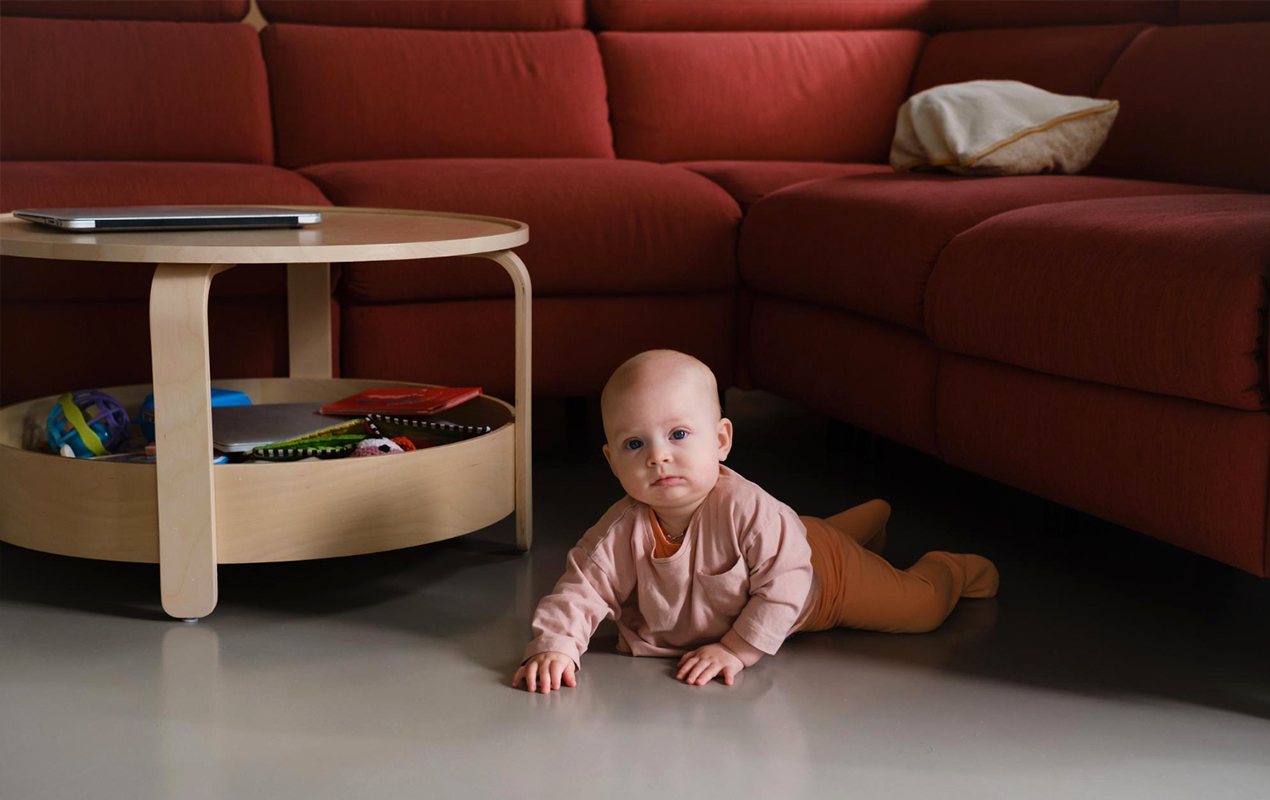
Photo by user20177777 from Freepik
Plastic Corner Protectors: The Pros and Cons
Plastic corner protectors are a popular way to protect little ones from sharp coffee table edges. They’re durable, easy to clean, and provide a firm barrier. However, always supervise your child, as some determined toddlers may be able to remove them. The hard plastic also offers less cushioning than softer options. Consider your child’s age and habits when deciding on plastic corner protectors. Also, be mindful of how they attach to your table to avoid potential adhesive residue.
Insight – Think Vertical: If your coffee table has a shelf underneath, utilize it. Install childproof cabinet locks to secure tempting items like coasters or remotes. This keeps them out of reach while maximizing storage space.
Coffee Table Baby Proofing With Safety Straps
Keeping your little one safe around the house is a top priority, and your table space is an area that requires special attention. Most babies start crawling around 6-8 months, and it won’t be long before they’re pulling up and cruising along the edges of furniture. Safety straps are an easy and inexpensive solution for securing your table and preventing tumbles.
Other Precautions
In addition to table safety products, take basic precautions to baby-proof an entire area. Install corner and edge bumpers on other hard surfaces like end tables, and place non-skid pads under rugs and carpeting. Ensure heavy objects, lamps, and table decor are kept back from the edge and not within reach.
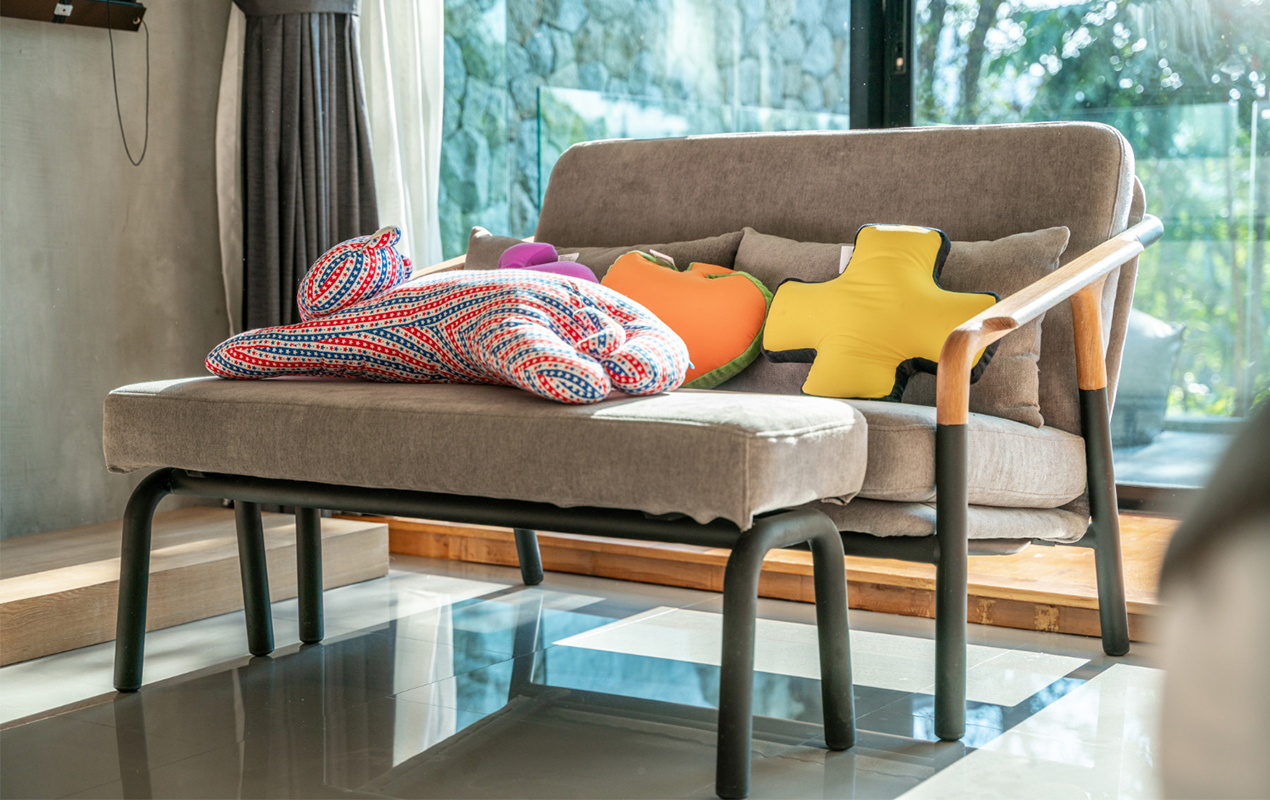
Photo by Poyoky from Freepik
Insight – Create a Decoy: Set up a dedicated “play table” with age-appropriate toys and activities near the coffee table. This can distract your little one and provide a safe space for exploration, reducing their interest in the off-limits coffee table.
Final Thoughts on Baby Proofing a Coffee Table
Remember, babyproofing isn’t just about the obvious hazards. Consider the less-discussed dangers, like the choking risks posed by smaller items on the table (think coasters, decorative accents) or how easily a child can pull at a tablecloth, sending objects flying. While your focus is on preventing head bumps, don’t underestimate the creativity of a little explorer.
Also, think beyond the toddler stage. Those babyproofing guards will eventually come off, but your coffee table is a long-term piece of furniture. Consider your child’s habits as they grow – are they likely to climb or attempt to stand on it? A wobbly design can become a safety concern later on. By thinking ahead, and exploring further resources on how to baby proof a coffee table, you’ll maintain a safe environment as your child develops new skills and interests.


